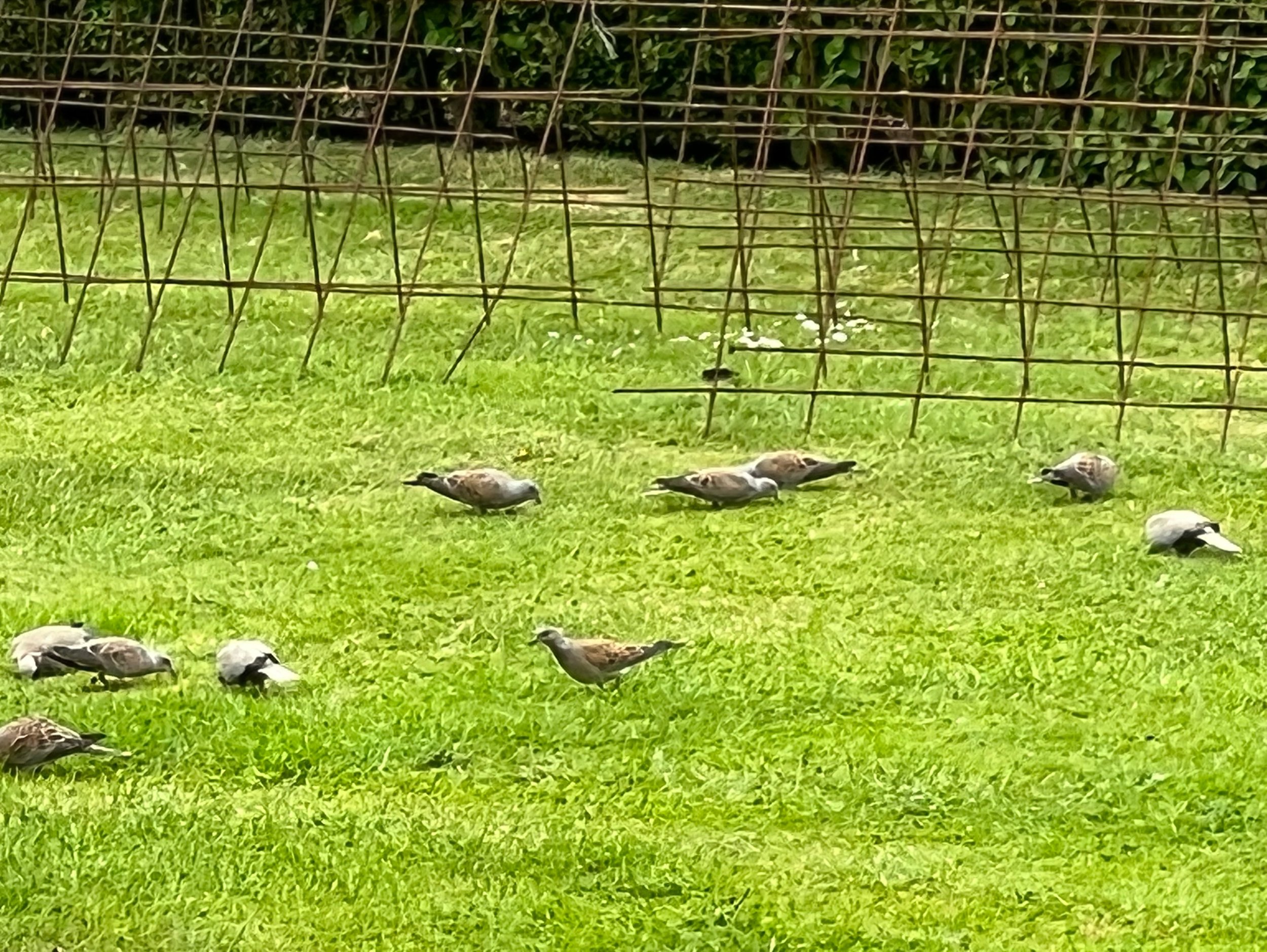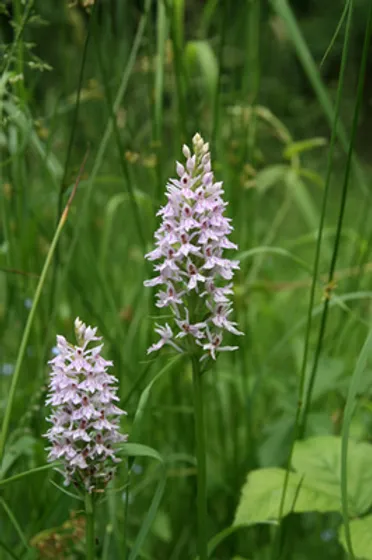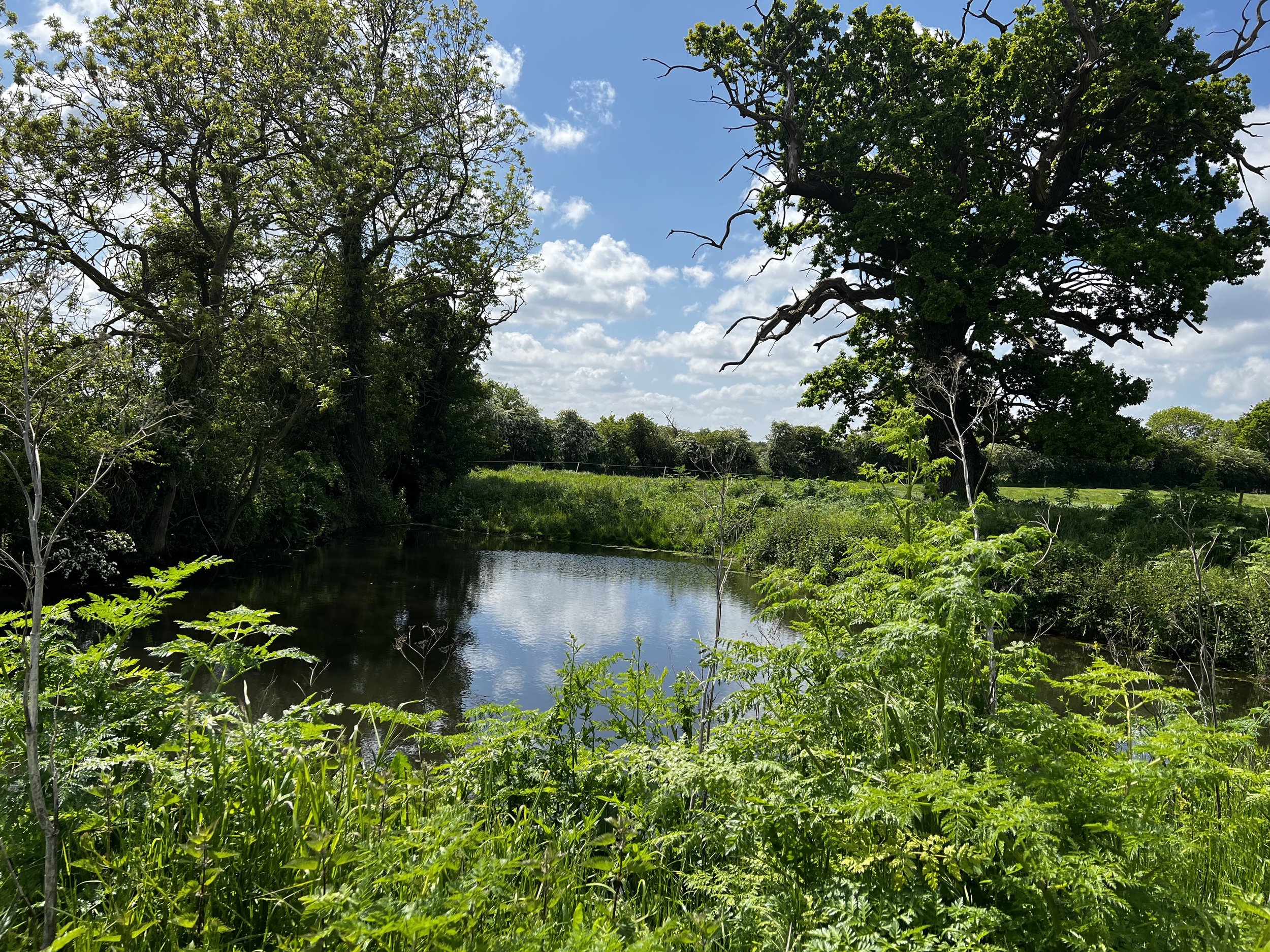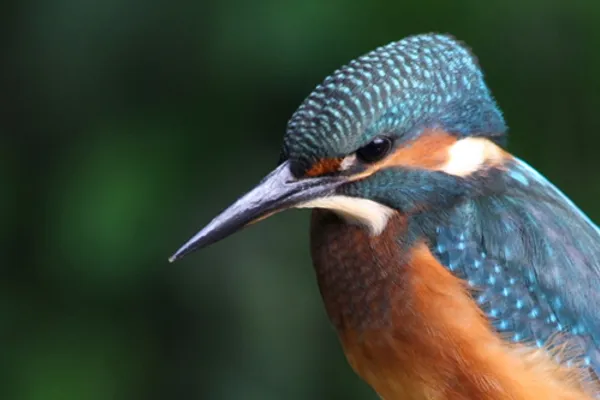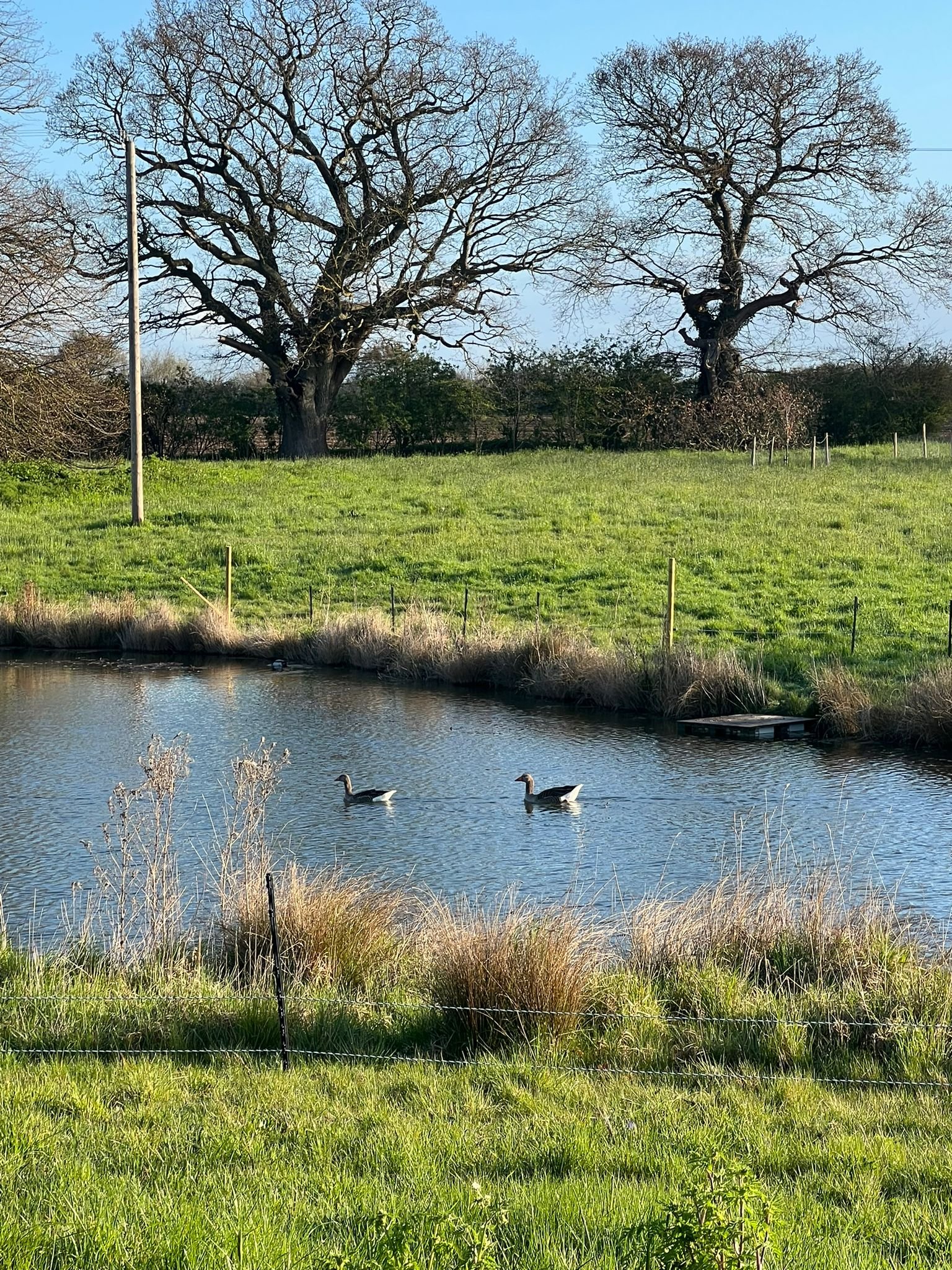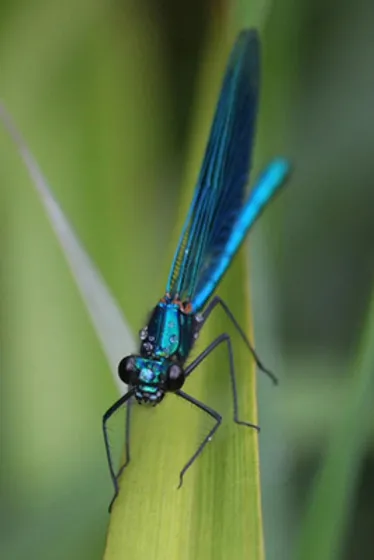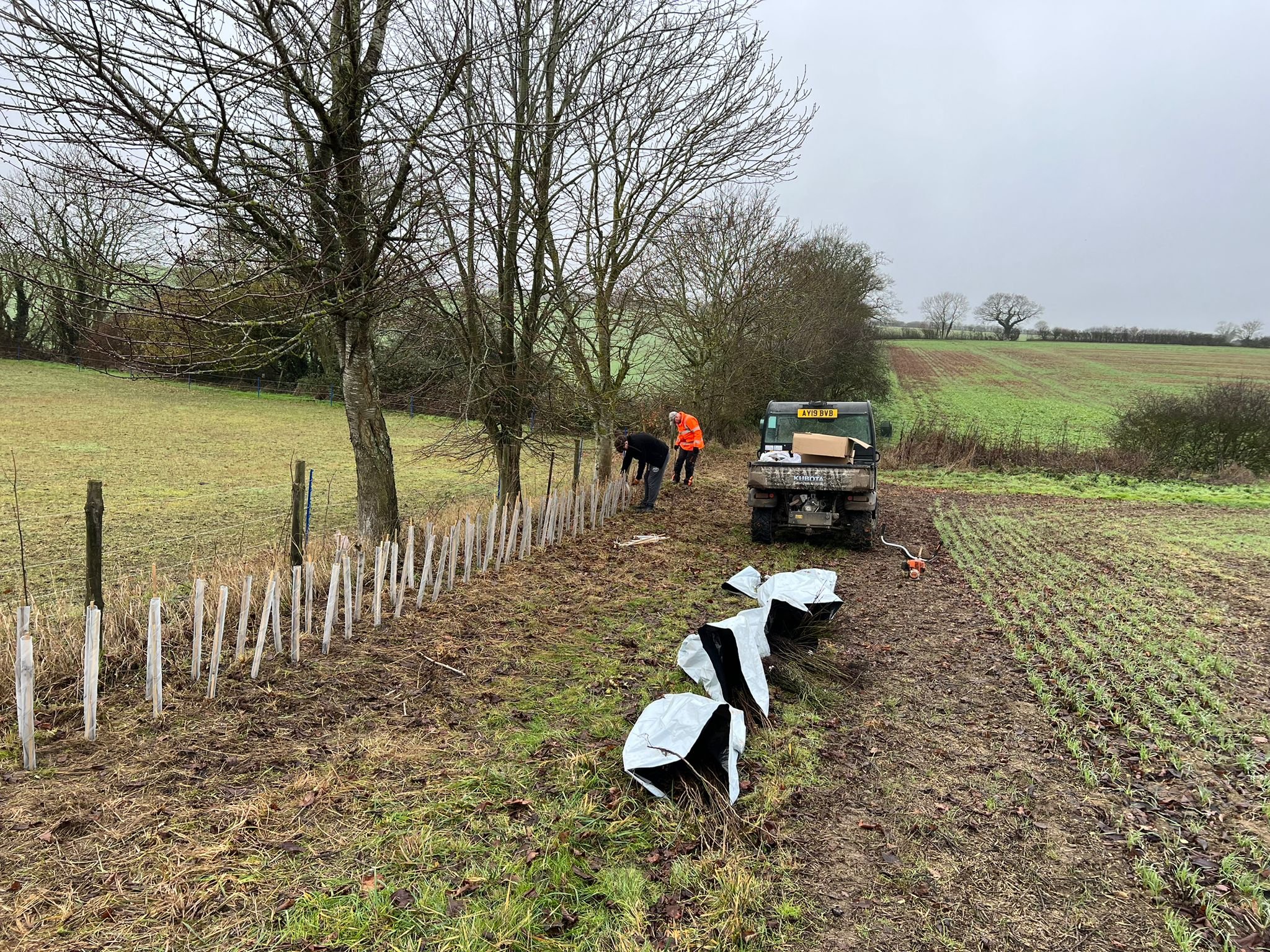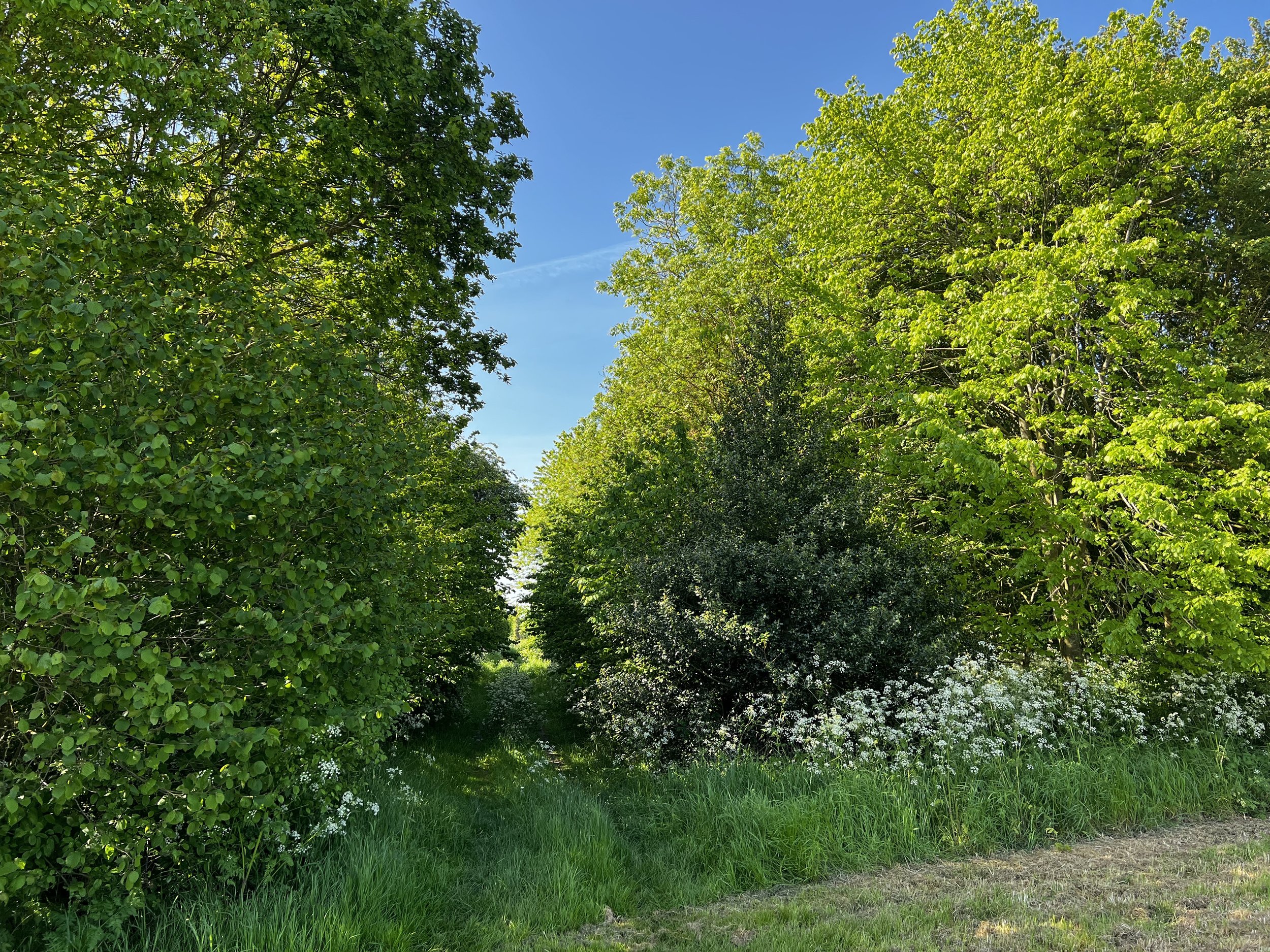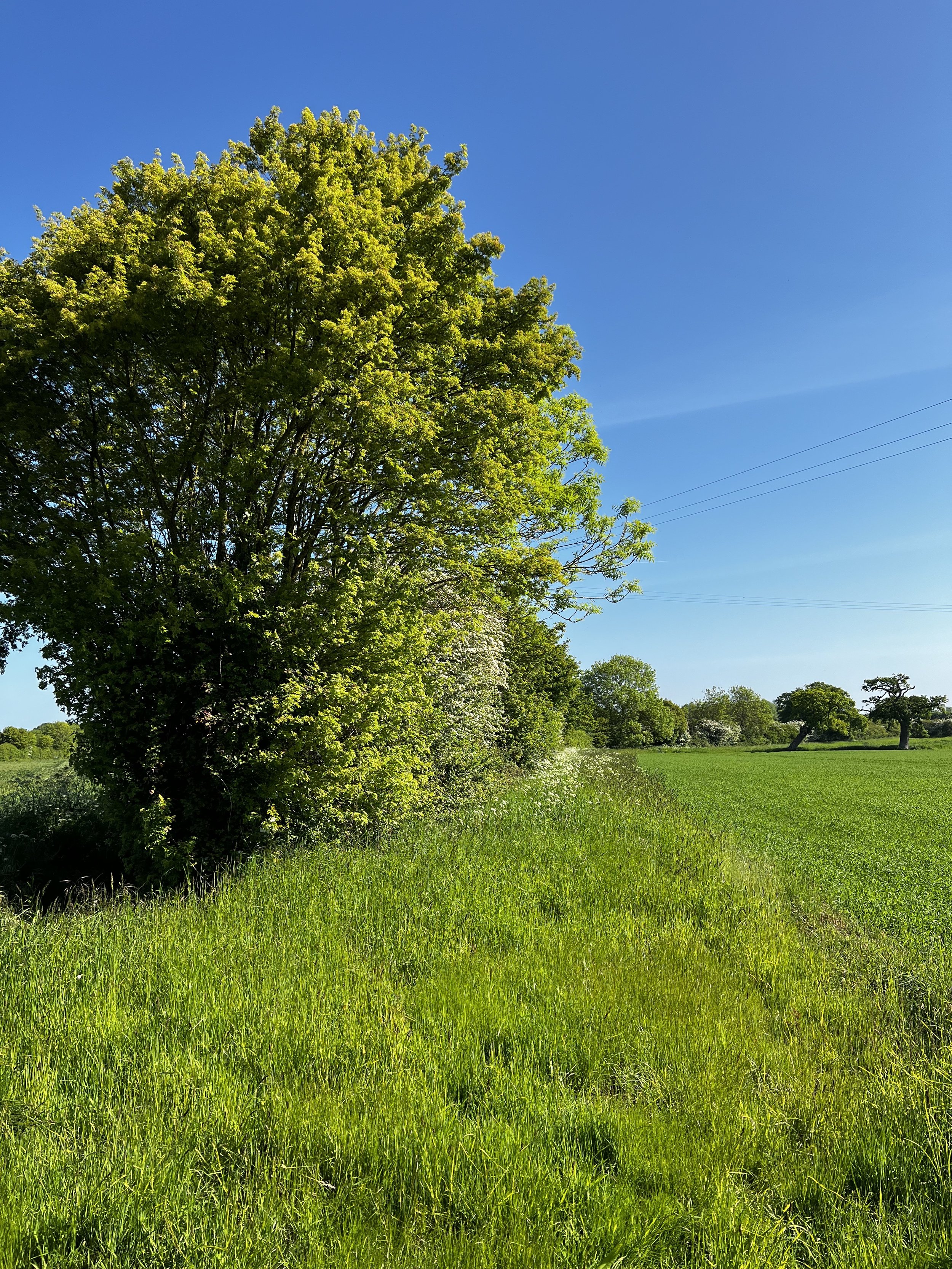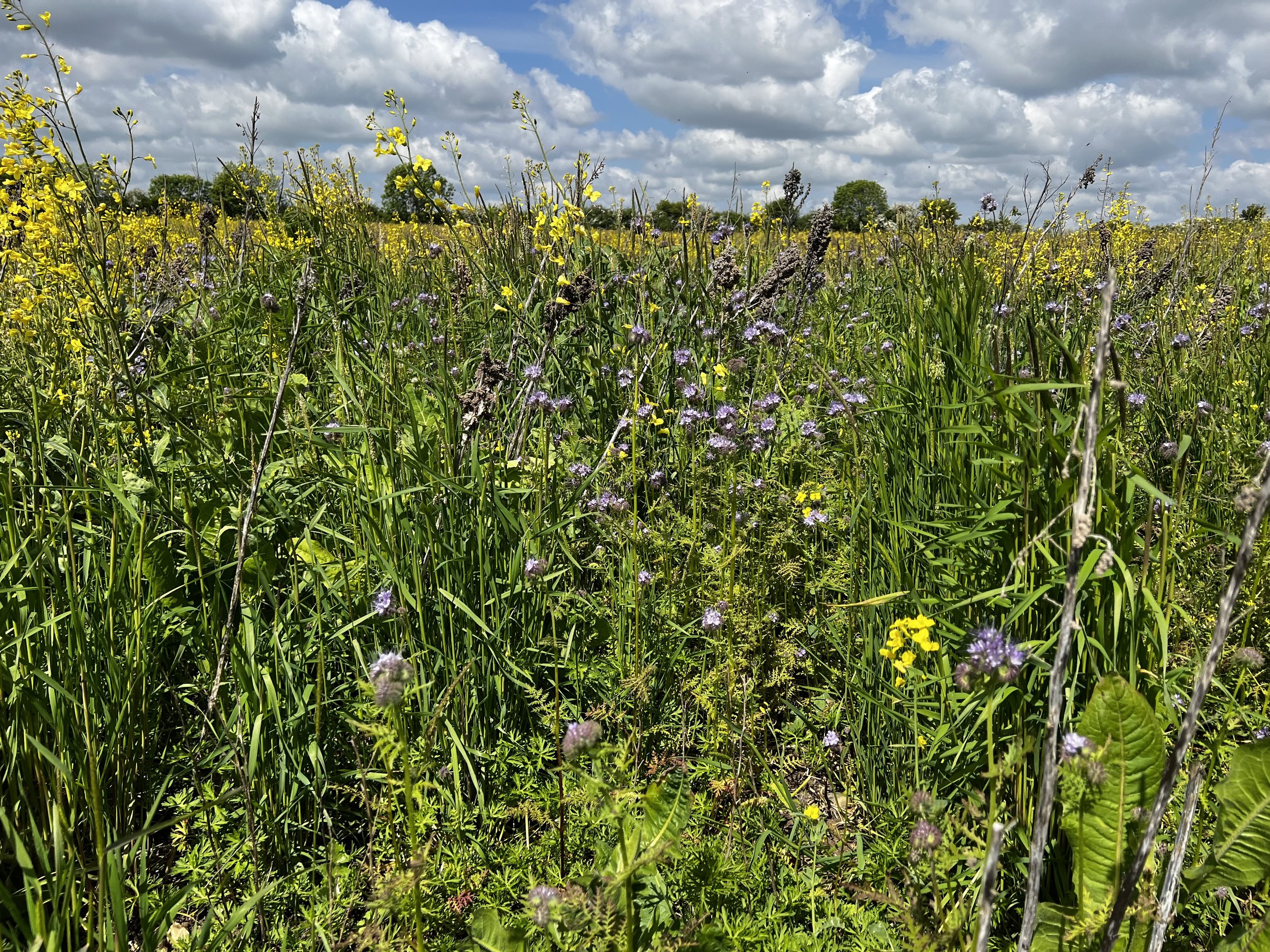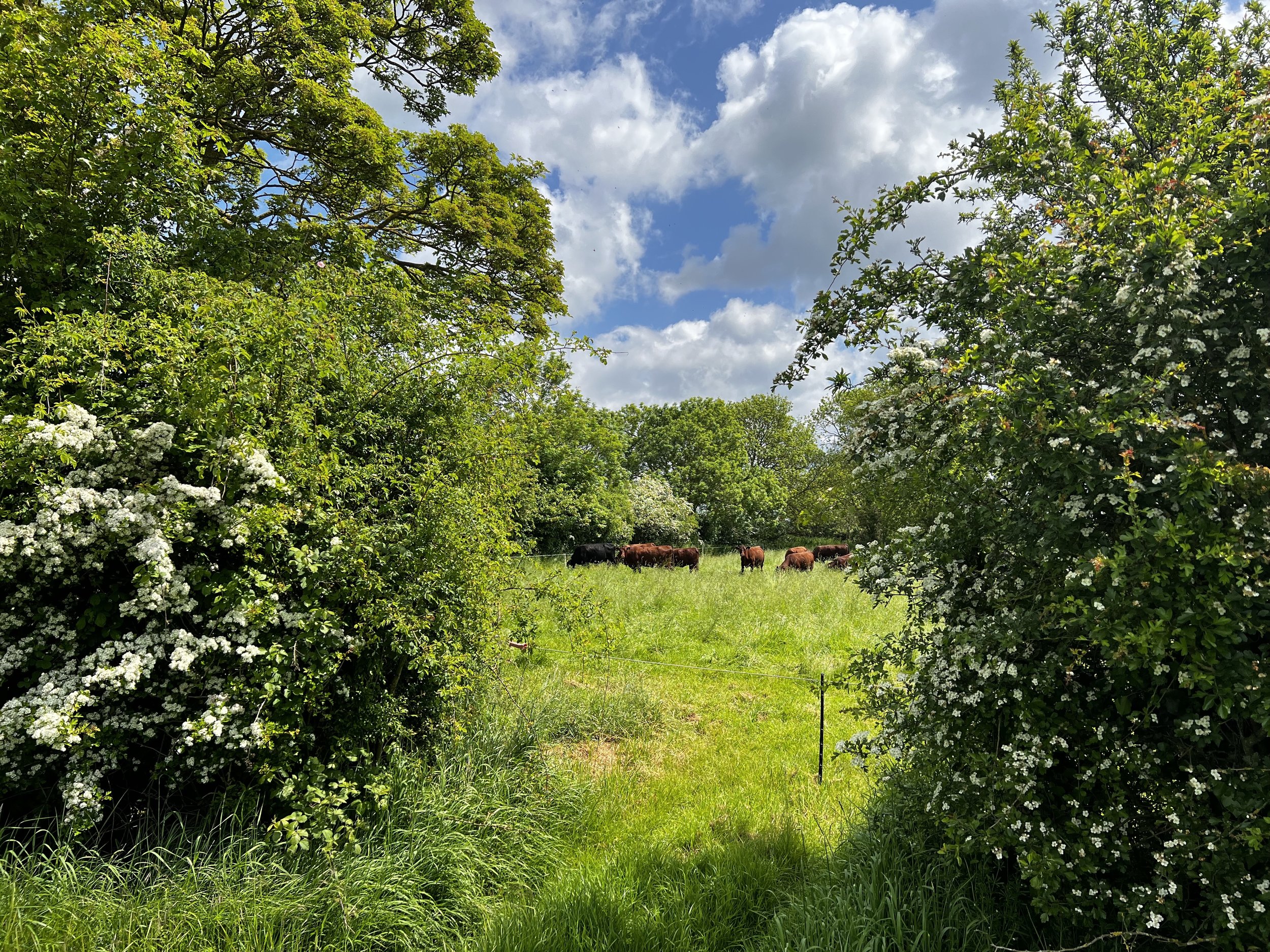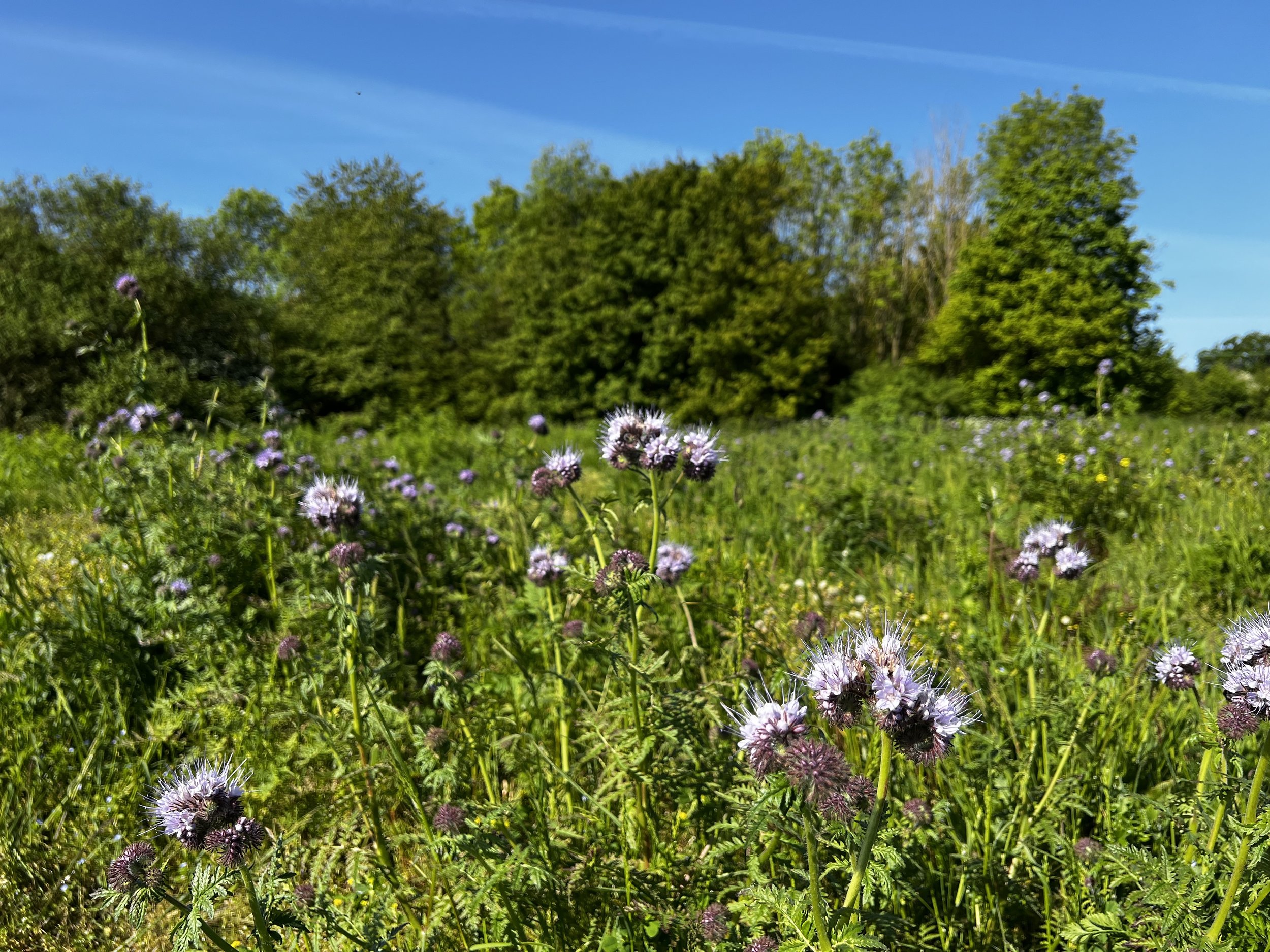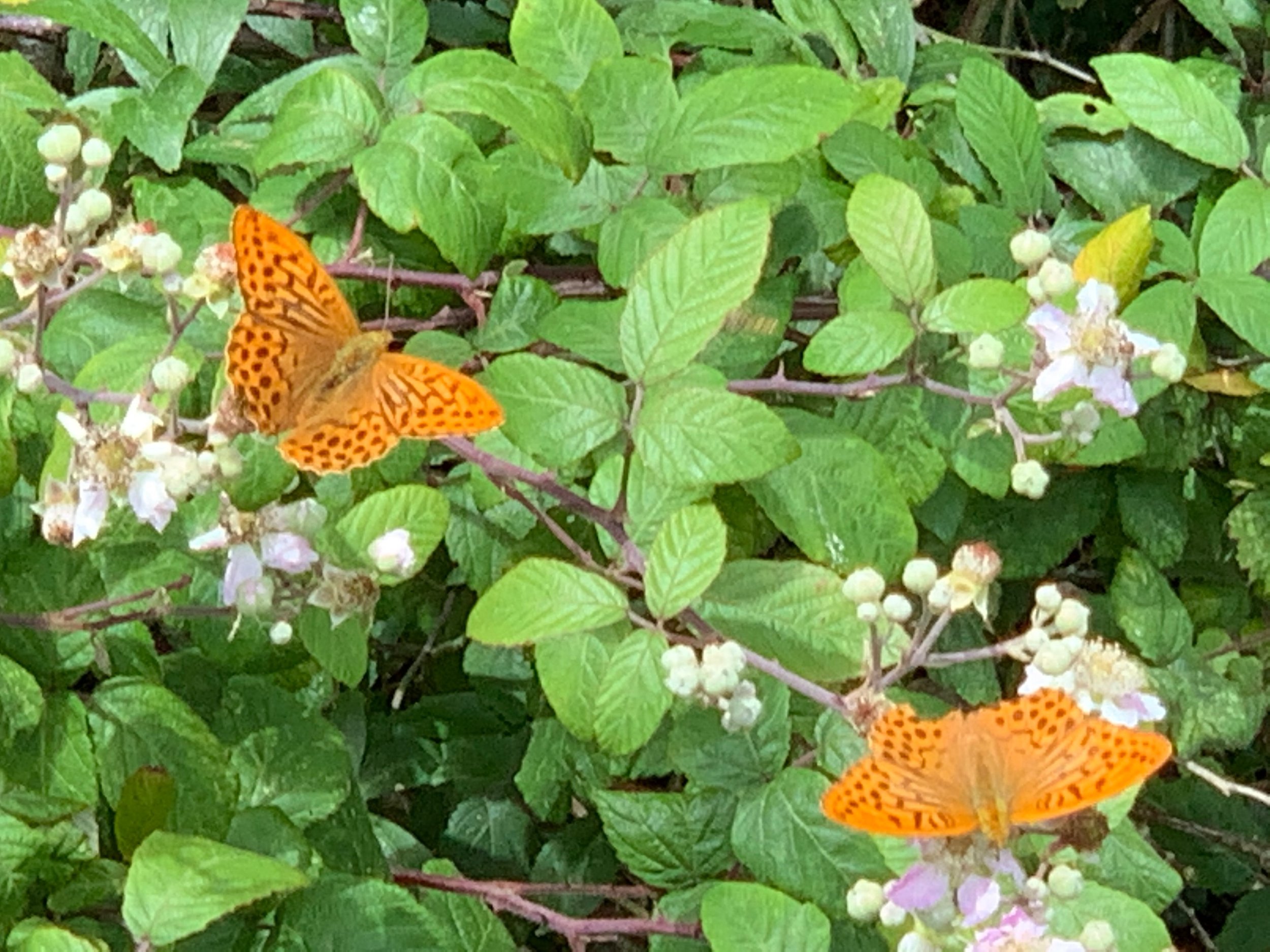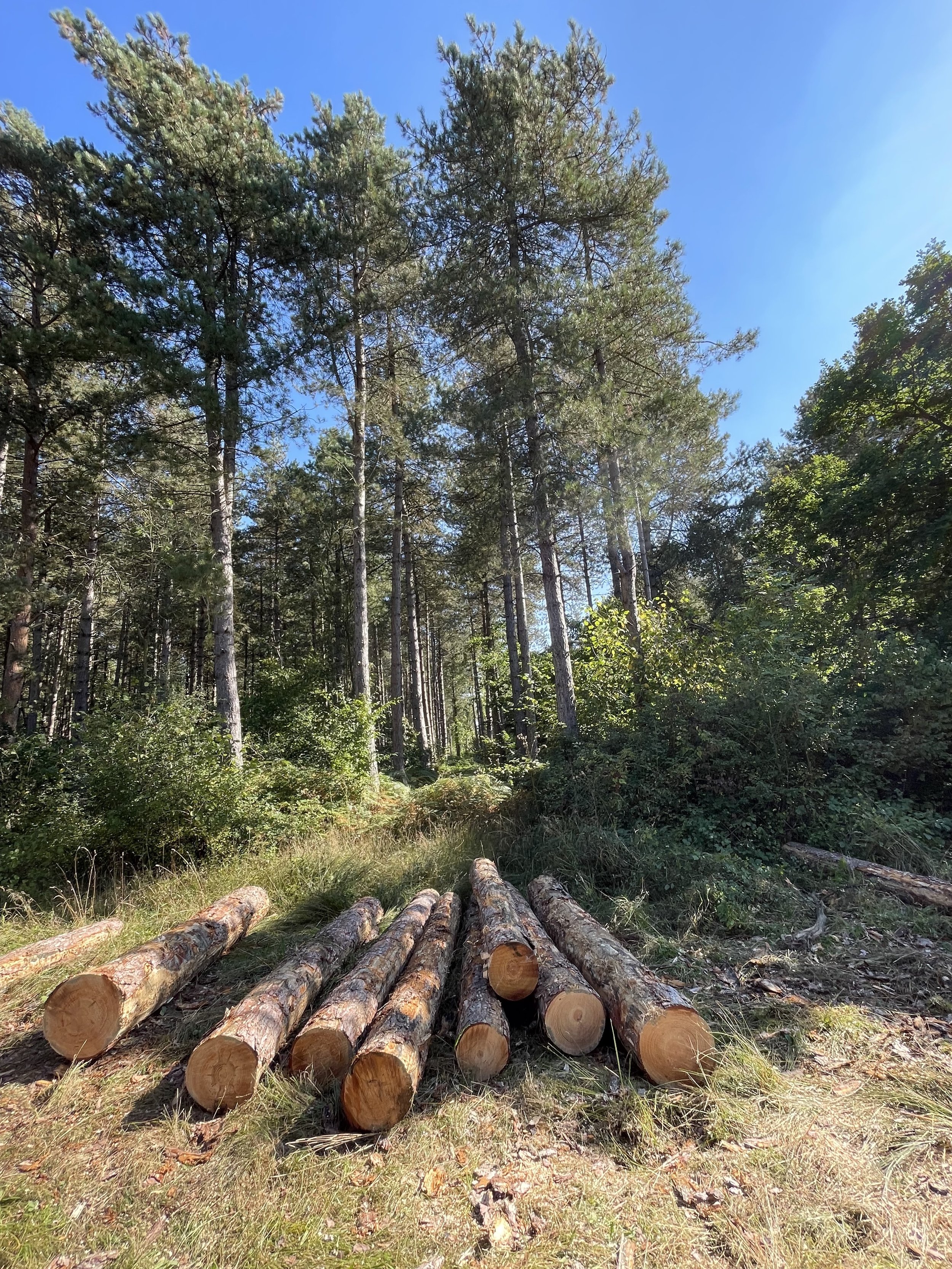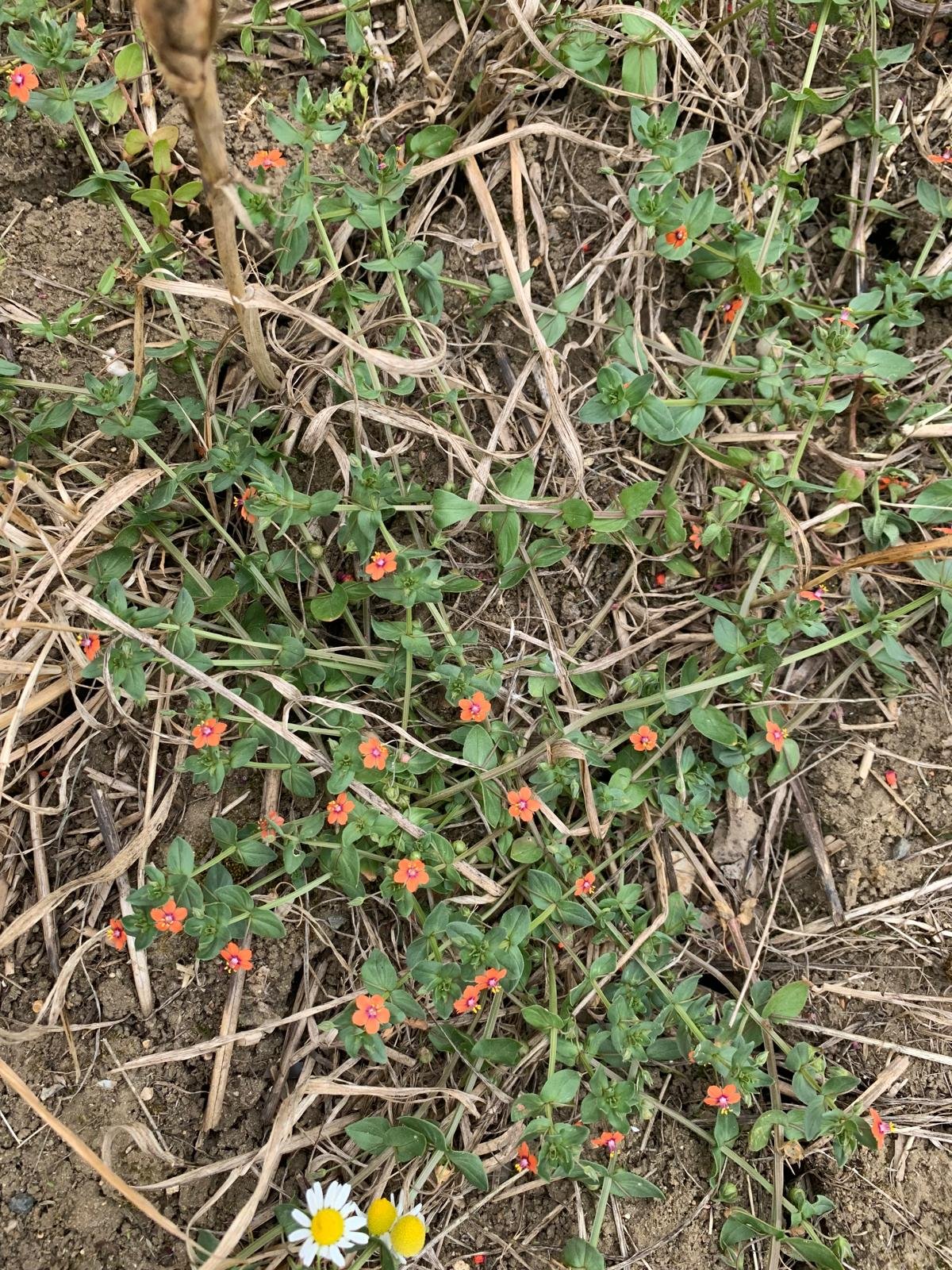
Conservation
& Environment
Historic Landscape
We use cutting-edge machinery and technology while maintaining a 19th Century landscape, demonstrating our deep respect for the environment.
With a rich history of family ownership, the landscape at Dennington Hall remains largely untouched, featuring fields that may have originated from its origins as a Deer Park documented in the Domesday Book.
Biodiversity
Our commitment to biodiversity is evident in the carefully designed areas incorporating a variety of natural features, such as over 40ha of wild bird habitats, pollen and nectar mixes, as well as bare fallow. We manage 115 ponds and 160 kilometers of hedgerow. Through our annual tree planting initiatives and the addition of 400 meters of hedgerow last year, we contribute to a wonderfully biodiverse environment that supports a wide array of animals, fostering a thriving ecosystem.
For example we are delighted to have 12 different species of bird on the UK’s red list living at Dennington, and we are working hard to create the correct habitats for several more special species.
Woodland
There is 100ha of woodland at Dennington Hall Farms comprising a mixture of both ancient deciduous woodland and more commercial poplars and conifers. We actively manage several areas of woodland and plant on average over 100 trees a year.
We treasure our pockets of ancient and native woodlands as both a historic land use and a vital ecosystem. We are dedicated to preserving and sustaining these woodlands for the future, ensuring their continued contribution to the English landscape and biodiversity.
Dennington Turtles…
At Dennington, the race is on to help save the turtle dove.
Since autumn 2023, Dennington Hall Farms has been privileged to partner with Restore, on a single species project aimed at conserving and restoring one of our most loved birds - the turtle dove.
Having declined by a staggering 97% since 1970 and with fewer than 2000 pairs remaining, turtle doves have been the ultimate victim of our weeding the countryside, herbicides, scrubland tidiness and most of all, the loss of low earthy habitats in favour of monocultural crops and fertilised grasslands.
Here at Dennington, our cavernous hedgerows, some “scruffy” fields and some wetlands, alongside supplementary feeding over the years, have actually helped the turtles dove survive.
With Restore’s advice we are creating more earthy, seedy plots in unproductive areas across the farm’s landscape and enlarging the dense scrubland turtle doves require for nesting.
Turtle doves evolved in a world before fertilisers made grass grow fast and they must have access to low weeds and earthy soil to find seeds.
By lowering soil fertility levels in already unproductive areas and innovating using shingle from nearby gravel pits to suppress dominant grasses, while also encouraging arable “weeds” such as fumitory and chickweed on the margins we are trying to restore food and structure for the turtle doves while also continuing to farm productively.

